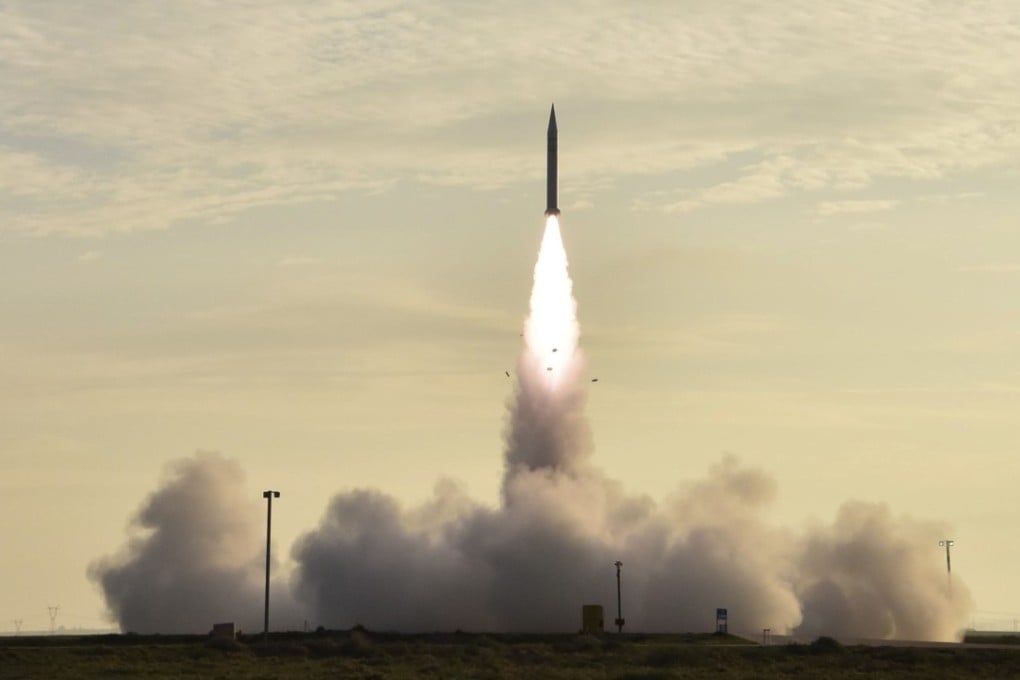How Chinese hypersonic missile advances are inspiring the US to dust off ‘Star Wars’, as the ‘great power competition’ resumes
- Hypersonic missiles developed by China and Russia are being used to justify the reprise of space-based missile defence systems by the Pentagon
- The US is particularly concerned about super-fast guided missiles under development in China that could put US ships and bases at risk in Asia

More than three decades ago, Michael Griffin was at the centre of the military’s “Star Wars” initiative, working to realise US president Ronald Reagan’s dream of shielding the United States from Soviet missiles like “a roof protects a family from rain”.
Now the 69-year-old scientist is back at the Pentagon as its top technology official, looking to revive some of the same missile defence concepts that proponents credited with helping end the cold war and detractors ridiculed as the excesses of a hawkish Hollywood president.
It is not only Griffin who has returned to the Pentagon. So, too, has the zeal of a great-power arms race reminiscent of the rivalry with the Soviet Union.
Drawing on robust defence funding from Congress, Defence Secretary James Mattis is embarking on a vast overhaul of the US military to take aim at threats from Russia and China.
As part of the overhaul, Vice-President Mike Pence is leading President Donald Trump’s push for a new Space Force. Though critics say the initiative risks an arms race in space, Pence has argued that space has been militarised since the launch of Sputnik and that the US armed forces must move faster than Russia and China to dominate the domain. The same outlook extends to missile defence.
If the Chinese, for example, in a conflict in the western Pacific, choose to launch hypersonic threats at our forward bases or carriers, we want to know where those are coming from.